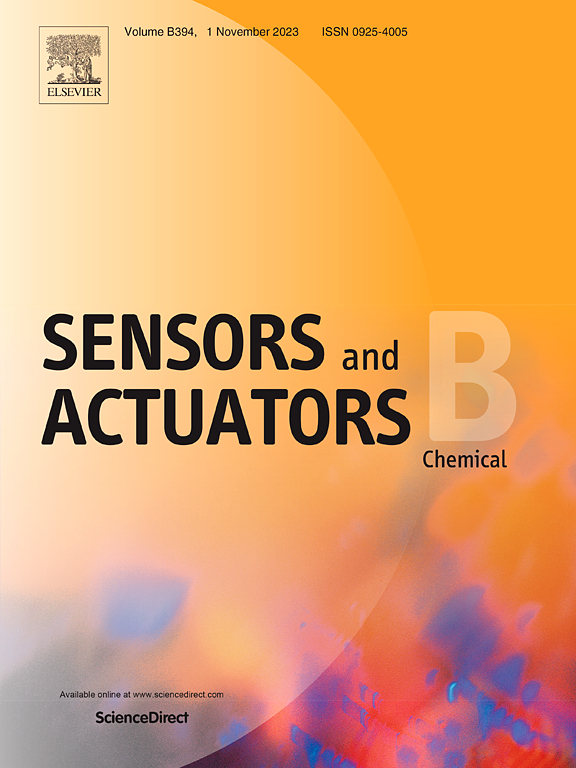A portable ascorbic acid touch-in personal glucose meter based on enzyme inhibition cascade reaction for on-site rapid detection of organophosphorus pesticides
IF 8
1区 化学
Q1 CHEMISTRY, ANALYTICAL
引用次数: 0
Abstract
Rapid and portable detection technology of organophosphorus pesticides (OPs) is urgently needed to ensure food and environmental safety. Herein, a simple and portable method for in-field detection of OPs was established based on an ascorbic acid (AA) touch-in personal blood glucose meter (PGM) triggered by the inhibition of alkaline phosphatase (ALP). Particularly, AA was first used as a bridge to construct a cascade strategy ALP-AA-[Fe(CN)6]3- for PGM readout, as it has been proven to trigger stronger PGM readings due to its strong reducibility and double electron generation. In the presence of OPs, the enzymatic activity of ALP was inhibited to produce less AA, resulting in a weakened reduction of [Fe(CN)6]3- on the test strip and a decrease of the electrochemical signal. The PGM analysis platform showed a good linear response at concentrations of 10–40 μg L−1 of dimethoate, with a detection limit of 7.55 μg L−1, and its practicability and reliability were verified by the recovery results in vegetables and fruits. With the advantages of simplicity and portability, this method can complete the entire field detection process in 20 min. Hence, this work provides a promising candidate method for the rapid on-site detection of OPs in food and the environment.
求助全文
约1分钟内获得全文
求助全文
来源期刊

Sensors and Actuators B: Chemical
工程技术-电化学
CiteScore
14.60
自引率
11.90%
发文量
1776
审稿时长
3.2 months
期刊介绍:
Sensors & Actuators, B: Chemical is an international journal focused on the research and development of chemical transducers. It covers chemical sensors and biosensors, chemical actuators, and analytical microsystems. The journal is interdisciplinary, aiming to publish original works showcasing substantial advancements beyond the current state of the art in these fields, with practical applicability to solving meaningful analytical problems. Review articles are accepted by invitation from an Editor of the journal.
 求助内容:
求助内容: 应助结果提醒方式:
应助结果提醒方式:


